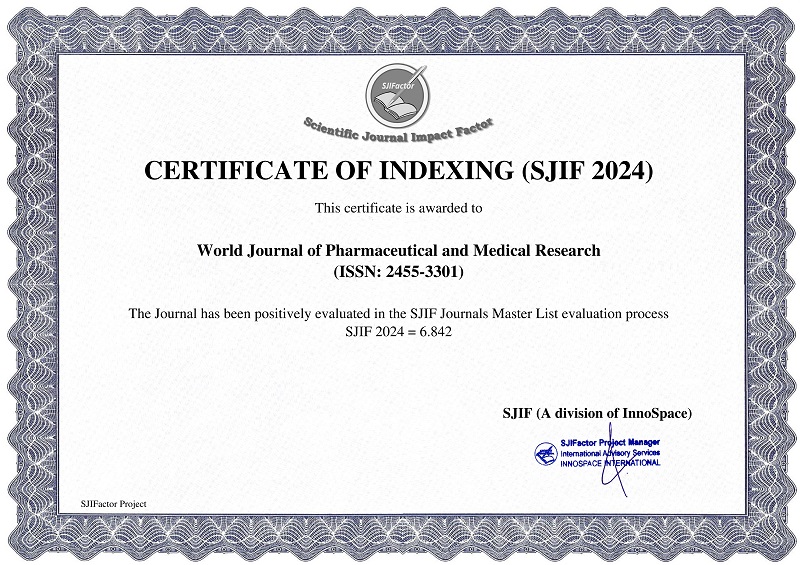WAIST -TO- HIP RATIO VERSUS BODY MASS INDEX IN DIAGNOSIS OF OBESITY
Mohammed T. Al-Nazzawi, Ahmed H.Alhasan*, Ahmed T. Al-Nazzawi, Aabed A.Alguraigri, Manaf M.Alsaqaf, Mohannad A.Alharthi, Alhareth A.Baarimah, Ghazal O.Sanyour, Md. M.Aljehani, Nawaf A.Huraeib, Ahmed Z.Abid, Gamal H.Husnien
ABSTRACT
Aim: To compare hip-to- waist ratio with body mass index in diagnosis of obesity. Methods: A descriptive university-based study conducted by examining subjects in the age group of 18 to 21 years of selected 40 males student of KAU in Saudi Arabia. Data were obtained from weight was obtained using a measuring scale and the standing height was measured against a stadiometer. The weight and height were used to calculate the body mass index (BMI) according to the following formula: weight (kg) / [height (m)] 2. Results: BMI, 5% of the students were underweight, 42.5% of the students were normal weight, 30% were overweight and 22.5% were obese, while WHR, was 5% of the students were normal, 25% of were good, 42.5% were average and 27.5% of the students were at risk. Conclusion: WHR is simple and easy measure which can be used for detecting obesity than BMI.




